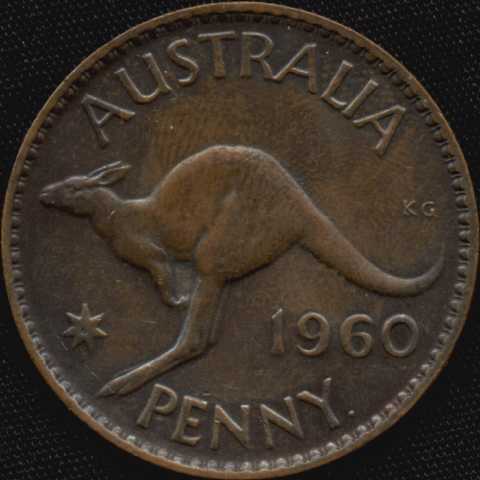
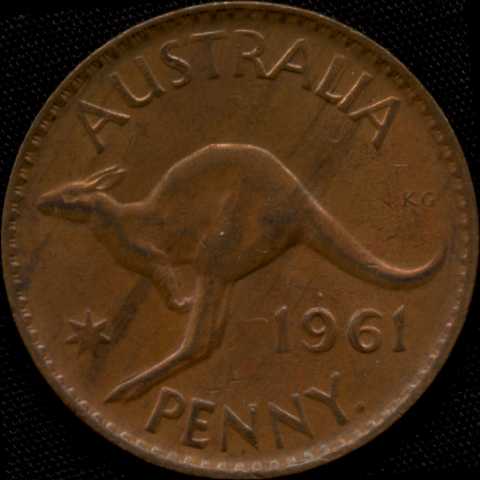
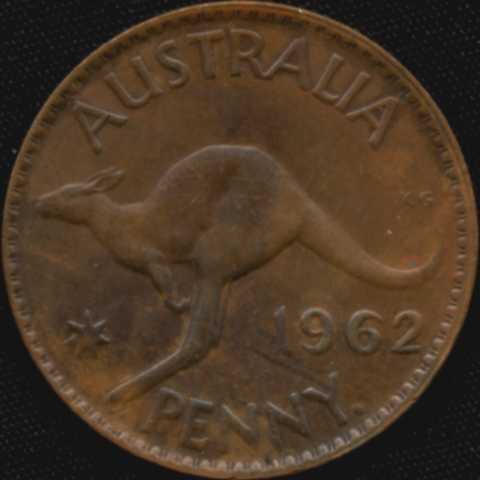
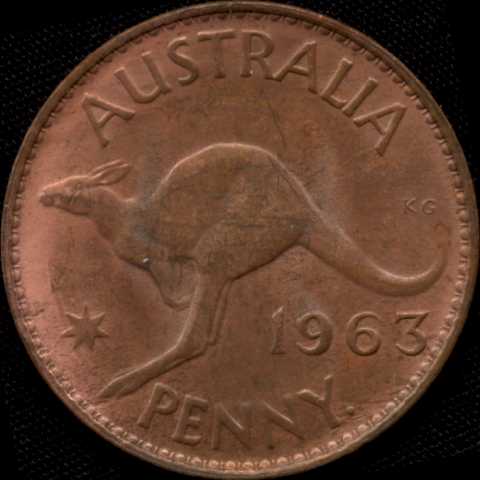
|
|
Australian pennies dated 1960, 1961, 1962 and 1963 were minted in Perth using
dies cut from the type 9 obverse and type I reverse master tools.
The only catalogued variety of these coins is the 1962 "double nose"
penny, illustrated below.
|
Designation |
|
|
|
|
|
Obverse |
|
|
|
|
|
Reverse |
|
|
|
|
|
Mint |
|
|
|
|
|
Mintge |
|
|
|
|
 |
P60P.9I |
 |
P61P.9I |
 |
P62P.9I |
 |
P63P.9I |
The one variety recorded amongst the Perth Mint pennies of the sixties is the
extraordinary "double-nosed queen" variety where the obverse shows multiple
anomalies, the most obvious of which is a second nose on the face of Queen Elizabeth.
When a (penny) working die was manufactured, it is typically struck three times
by the puncheon. (Halfpenny dies were struck twice.) Between pressings the die is
annealed and machined. When the die is put into the hobbing press for the next strike
it has to be carefully aligned so that the punch strikes the die in exactly the
same place. If the alignment is imperfect then the die will show displaced imprints
of the earlier strikes. This is a well-known phenomenon and a die exhibiting such
a feature is said to be a "doubled die". A good illustration of this is
this 1943 halfpenny specimen shown here in fairly high resolution:
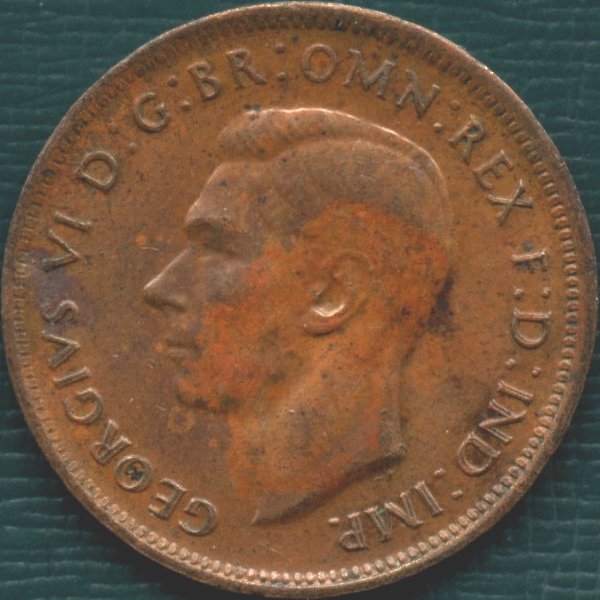 |
Obverse of a 1943 halfpenny showing a doubled legend produced by imperfect alignment
of die and punch on the second pressing. |
A close look at the very large image of the "double
nose" penny is worthwhile. It shows features that cannot have been produced
by a single misalignment. I believe that this is an example of a coin struck with
a tripled die, where neither the first and second nor the second and third pressings
were accurately aligned. Here is the coin again in medium-high resolution along
with a higher-resolution segment supporting the tripled die conjecture.
 |
Another picture of the obverse of the double-nose penny at higher resolution. More
details are visible in the very high-resolution image
and in the medium-high resolution segment shown below. |
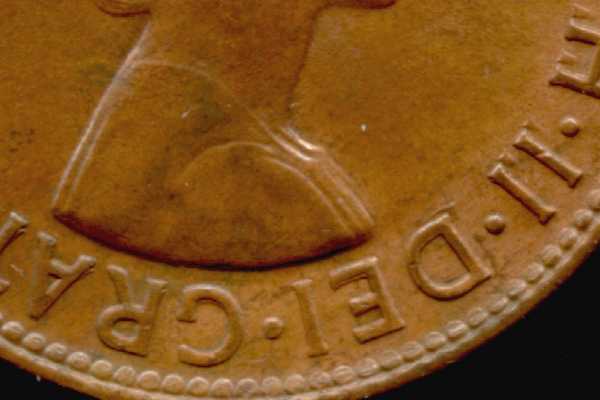 |
This picture is presented to support the tripled die conjecture. Note the doubling
on the letters EI.GRAT which reflects a vertical displacement. The doubling on the
H.II.D (and on the upper chest, nose and rest of the legend on the right) shows
a displacement which is predominantly rotational. I suspect that the doubling on
the right occurred on the second pressing and that on the left occurred on the final
pressing. |